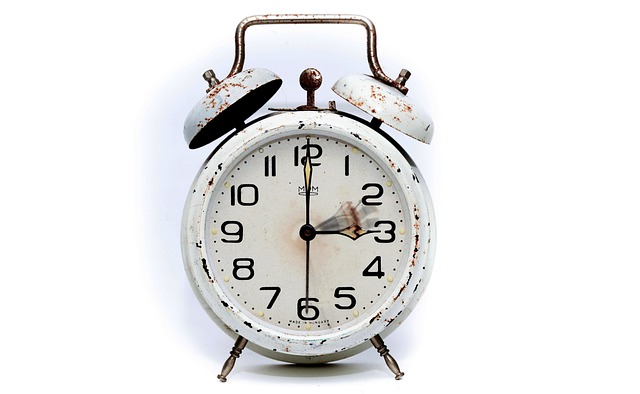Time. It’s the most elusive element in our lives, a constant flow that rushes past, carrying moments with it. We grasp for ways to hold onto the beautiful, the poignant, the everyday; a desperate, universal desire to make a fleeting instant last forever.
This is where the magic of photography truly reveals itself. Armed with a camera, we become architects of memory, pausing the relentless march of seconds, minutes, and years. Photography isn’t just about capturing light and shadow; it’s about bottling time itself.
Consider the tool: the camera. Within its casing lies a marvel of optics and mechanics. The lens, a sophisticated arrangement of glass, gathers light, focusing it onto the sensor or film. But the crucial element, especially when thinking about time, is the shutter and the concept of exposure. The duration the shutter remains open dictates how long light is allowed to paint the image. A blink-and-you’ll-miss-it exposure freezes action, halting a single heartbeat of time. A long exposure, conversely, lets time itself become visible, blurring movement into ethereal streaks, showing the passage rather than just a stop-frame.
Every photo we take is a deliberate choice about how much time we want to scoop up and preserve. Will it be a fraction of a second, capturing the peak of a jump? Or several minutes, turning car lights into glowing trails? The act of pressing the shutter isn’t just making a picture; it’s declaring, This moment matters enough to be rescued from oblivion.”
And the resulting photo? It’s more than ink on paper or pixels on a screen. It’s a tangible piece of the past, a portal that transports us back, evoking not just the visual scene but the feelings, the sounds, the air of that specific sliver of time. It’s proof that we can, for a moment, defy the inevitable flow.



